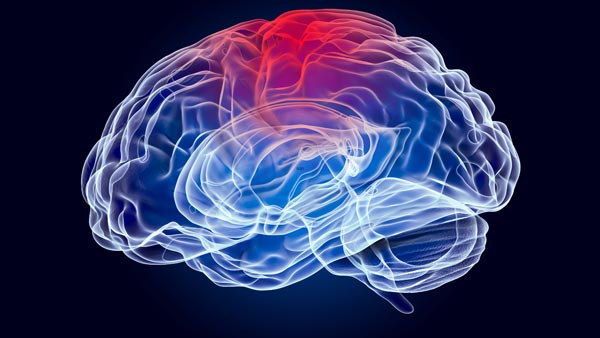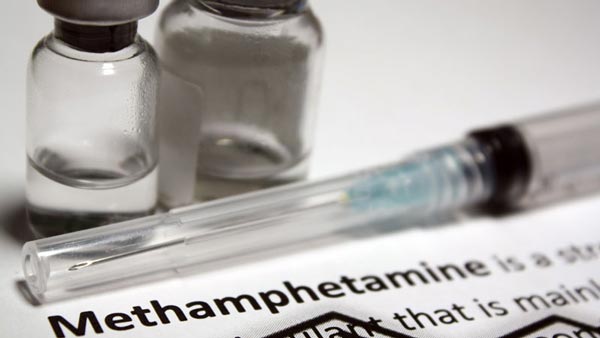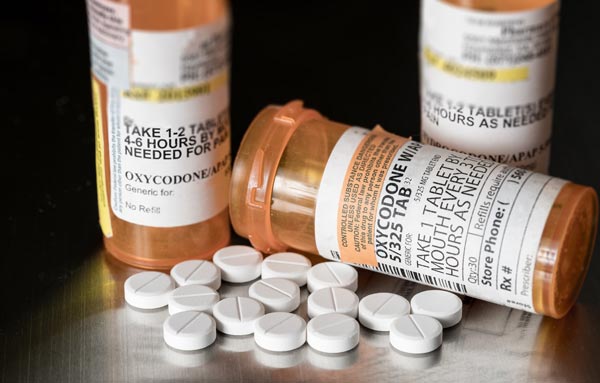Table of Contents
Key Points
- Molly is Addictive
- Molly works by boosting your dopamine and serotonin levels
- MDMA negatively affects your brain
- MDMA negatively affects your body
- MDMA isn’t always pure
Molly, or MDMA, affects the same neurotransmitters as other Schedule I drugs like heroin, cocaine, and methamphetamines. Due to its effects, it is possible to develop a serious addiction when taking it.
“Molly” or “Ecstasy” is slang for MDMA. It is a party drug popular at raves, concerts, and music festivals across North America and Europe.
Despite being promoted as a “safe” drug and not yet proven to be addictive by research, molly has a high potential for abuse because it affects neurotransmitter systems to produce a euphoric high, similar to other addictive drugs like heroin, cocaine, and methamphetamine.[1]
It often gets ingested in tablet form and can be covered with glitter or harmless-looking designs. Its colorful hues sometimes make it look harmless or even childlike. Sometimes the tablets are crushed, and only rarely is it injected.
Even though molly is supposedly the “pure” form and ecstasy is the “adulterated” form of MDMA, in both cases, the user has no guarantee for any supposed purity.
The Psychiatric History of MDMA
MDMA was invented in 1912 in a laboratory by a German company that marketed it as a parent compound to synthesize medications that control bleeding.[2] Fast-forward to the 1970s, and a small following of psychiatrists in the West believed MDMA enhanced communication in patient sessions and allowed patients to achieve insights about their problems. Around this time, it became easier to obtain it on the street.
In 1985, the American FDA classified it as a Schedule I controlled substance. Except during a brief period in 1987 through 1988, it has remained there ever since. No longer made legally in laboratories, it is made illegally in clandestine laboratories in the US, Canada, and the Netherlands.[3]
The Mechanism of MDMA
MDMA alters your mood and perception by increasing the activity of your dopamine and serotonin production. You might feel increased energy, pleasure, emotional warmth, and distorted sensory and time perception.[3] Enhanced sensory perception (smell, touch, taste, sound, smell) is a hallmark of MDMA. As a secondary effect of increasing serotonin levels, many users feel a sense of closeness and safety to the people nearest to them.
Many times drugs get taken in combination with MDMA or are cut into powder in the production process itself, such as:
- Alcohol
- Weed
- Amphetamines
- Caffeine
- Ephedrine
- Ketamine
- Methamphetamine
- Synthetic cathinone (Bath Salts)
- Viagra
Even though Viagra is produced in a laboratory with stringent quality-control measures, the effects of mixing Viagra with MDMA make it dangerous for a different reason. Molly increases your serotonin production, you will feel closer and more safe around people than you would otherwise.
The self-control inhibitions of your prefrontal cortex are dampened during drug use.[4] If you are taking Viagra, you will be more likely to engage in sex with unsafe partners or without protection. Though not a direct cause of MDMA, risky behaviors are common, such as unsafe sex, which can expose you to sexual violence or even sexually transmitted diseases.[5]
Molly is a synthetic drug made by combining several toxic chemicals like formaldehyde, mercury, and ammonium chloride. Formaldehyde is a chemical that historically has been used to embalm dead bodies, and mercury poisoning includes symptoms such as tremors, nervousness, and insomnia. The fact that these are involved in the production of molly should give cause for anybody to be concerned.
Understanding the Effects of MDMA on the Brain
MDMA use affects your neurotransmitter systems by increasing the activity of three brain chemicals:[6]
- Dopamine: Produces increased energy/activity and acts in the reward system to reinforce behaviors
- Norepinephrine: Increases heart rate and blood pressure, which are particularly risky for people with heart and blood vessel problems
- Serotonin: Affects mood, appetite, sleep, and other functions. It also triggers hormones that affect sexual arousal and trust. The release of large amounts of serotonin is likely causes emotional closeness, elevated mood, and empathy.
Moderate molly use for up to a week is also correlated with the following symptoms:[7]
- Irritability
- Impulsiveness and aggression
- Depression
- Sleep problems
- Anxiety
- Memory and attention problems
- Decreased interest in and pleasure from sex
How Does Molly Affect Mental Health?
Research hasn’t definitely proven whether or not you can actually become addicted to molly. But, it has a high addictive potential and affects your neurotransmitter systems in many of the same ways as provably addictive substances.
Some users rely on the drug to cope with life’s stressors. Because it affects dopamine production, their natural hormone reward system can malfunction without the drug present. Now, you can become dependent on the drug to function “normally” or feel good at all.
Faintness, panic attacks, loss of consciousness, seizures, fatigue, loss of appetite, depression, and trouble concentrating have all been reported by MDMA users.[8][9] And it’s not just mental side effects. There are physical side effects as well.
Physical Health
Ecstasy addiction has many acute and sub-acute physical consequences.
Some acute side effects include teeth clenching, heart attacks, heart rate increase, raised blood pressure, restless legs, nausea, hot flashes or chills, headache, sweating, and muscle or joint stiffness. A rare but potentially fatal acute side effect is Hyperthermia.[10]
Because of the rise in norepinephrine activity, prolonged physical activity is common while on MDMA. And, for every 1 °C increase in temperature, heart rate will, on average, be 12.3 bpm higher.[11] As you ratchet up your physical activity, your body will heat, and your heart will need to pump more frequently.
Since your sense of self-control has been blunted by MDMA, this could lead to “Hyperthermia,” where your body cannot regulate its temperature and simply burns up from the inside out. Even if this doesn’t happen, your physical body can be seriously damaged by taking molly.
What Are The Signs of a Molly Addiction or Dependence?
There is no amount of molly that has been deemed “safe” by research. Taking any amount of molly, which is a Schedule I controlled substance, is not advised. Even though it hasn’t been proven to be addictive, users of the drug report cravings such as needing more of the drug to achieve the same effect and other withdrawal symptoms.
What Does Treatment For Molly Dependence Look Like?
Substance use disorder treatment programs utilize medication-assisted treatment and cognitive behavioral interventions that hold much promise for molly recovery. These interventions should be designed to help modify the patient’s thinking, emotions, expectations, and behaviors and to increase skills in coping with life stressors. Recovery support groups may be effective in combination with behavioral interventions to support long-term recovery.[12]
The Heights Treatment offers substance use disorder treatment that includes a combination of individual therapy, peer support, medication-assisted treatment, and adjunct treatments like equine therapy, art therapy, and trauma-informed yoga.
Restore Health and Wellness
Taking addictive drugs like Molly can have serious consequences. Overdose and death are possible outcomes of Molly addiction. Do not take Molly in combination with other drugs.
If you are addicted to Molly, find a residential treatment program near you. They will help you create an individualized recovery plan which can get you on the road to recovery and sobriety.
Frequently Asked Questions
Below are some of the most frequently asked questions regarding these two medications.
The Heights Treatment Editorial Guidelines
There is a vast amount of misinformation online especially as it relates to health & wellness. We have made it our mission at The Heights Treatment to provide accurate, medically sound content that has been medically reviewed by a doctorate level clinician so that you can trust the information contained within our website.





